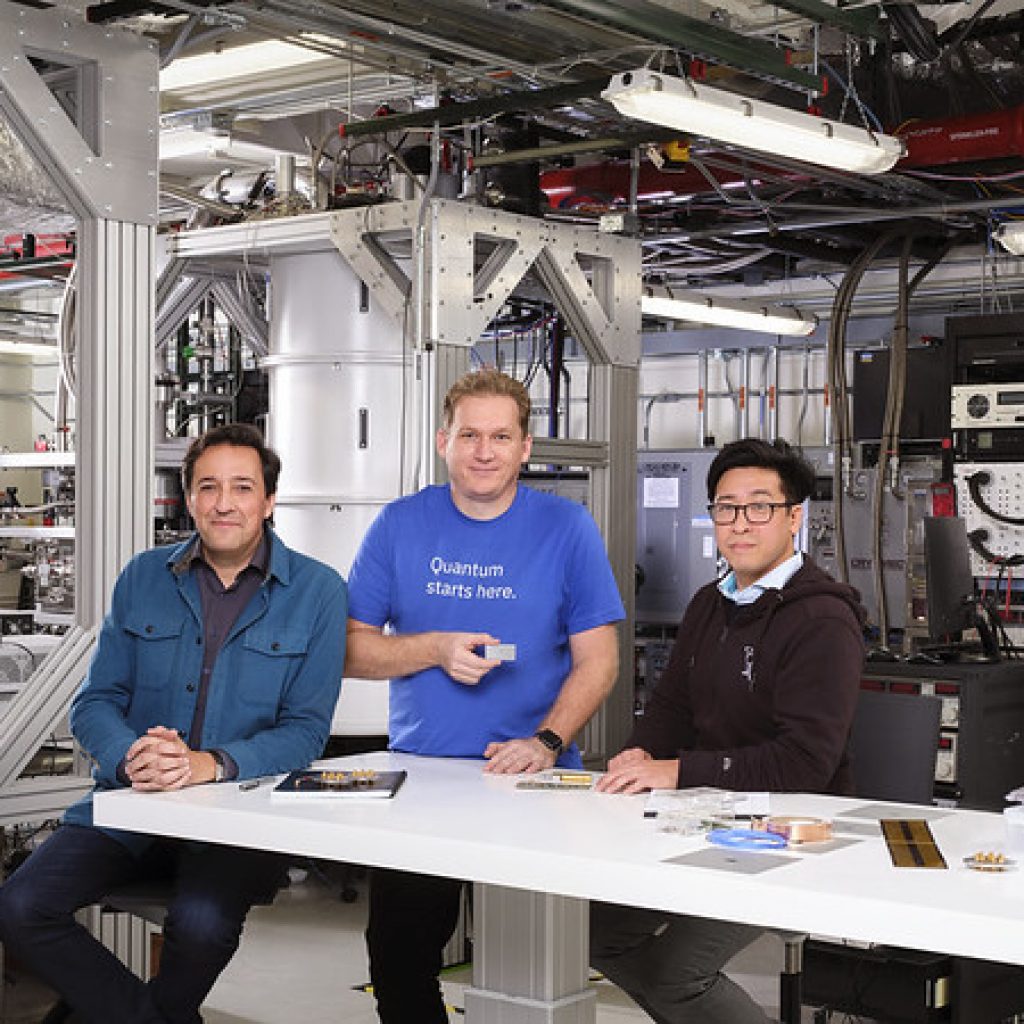IBM’s modular, extensible Quantum System Two architecture, which the company first unveiled plans for in 2021, will be up and running in late 2023, and will be a core component of future “quantum-centric supercomputing,” the company said at this week’s IBM Quantum Summit.
System Two previously has been discussed as a hexagonal architecture that will make it easier for IBM to link up multiple QPUs and have cooling units and other equipment related to each processor operating in close proximity, while also allowing engineers to have easier access to each unit.
This week, IBM said that Quantum System Two initially will house support for up to 4,158 qubits with additional control racks. Eventually, more computing power can be realized by linking hexagons, with two System Two units capable of 8,316 qubits and three linked systems able to support 16,632 qubits. The new architecture also will allow classical computing racks and AI processor racks to be swapped in and out as needed to create more capacity for specific needs.
IBM also provided an update on the middleware that will be key to Quantum System Two. This middleware will incorporate the company’s Circuit Knitting Toolbox, leverage techniques IBM outlined in early 2022 that involve classical computation taking “some of the computational burden of a quantum circuit to exceed what we can achieve with either alone,” according to an IBM blog post.
“Meanwhile, To bring value to our users with our systems we need our programing model to fit seamlessly into their workflows,” the post added. “In other words, we need a serverless architecture. Quantum Serverless allows developers to focus on the code, rather than resource provisioning, by performing the decomposition of circuit knitting, running quantum circuits in parallel, and reconstructing the circuits with classical computing to achieve final results. We announced the alpha release of the Circuit Knitting Toolbox and Quantum Serverless this year, with a full release scheduled for 2025.”
IBM also announced its third-generation control system, which eventually will be able to control 400 qubits in a single rack at lower costs than previous generations.
Among other software announcements, IBM said two capabilities are in beta now and due to be fully supported in 2025. The first is the ability for users to put error suppression into the Qiskit Runtime primitives by setting an optimization level in the API. Second, users can experiment with a new resilience level setting that allows them to adjust error mitigation and explore the tradeoff between the increased accuracy of more advanced error mitigation versus the increased overhead, according to the blog post.
Image: Dario Gil, Jay Gambetta, and Jerry Chow of IBM, with Gambetta holding the new 433-qubit Osprey.
Dan O’Shea has covered telecommunications and related topics including semiconductors, sensors, retail systems, digital payments and quantum computing/technology for over 25 years.
